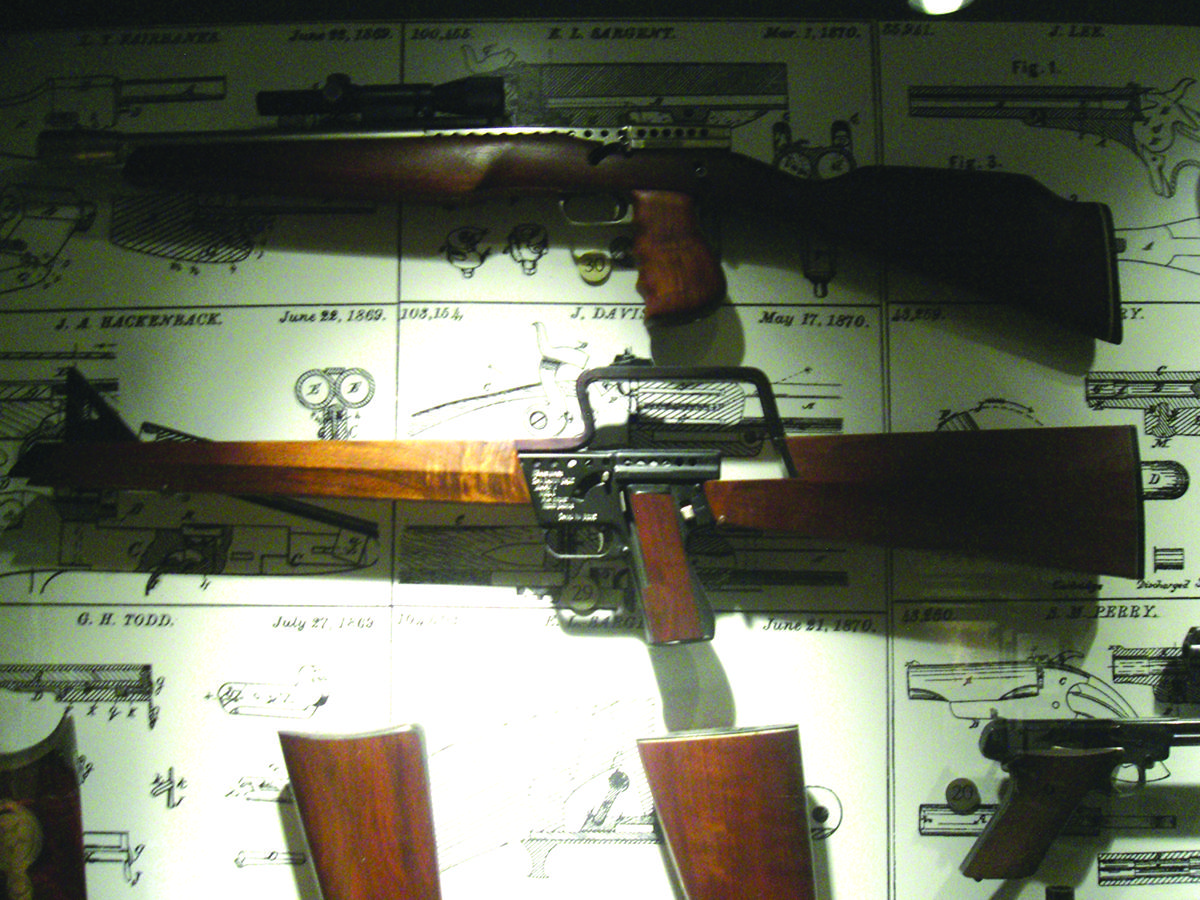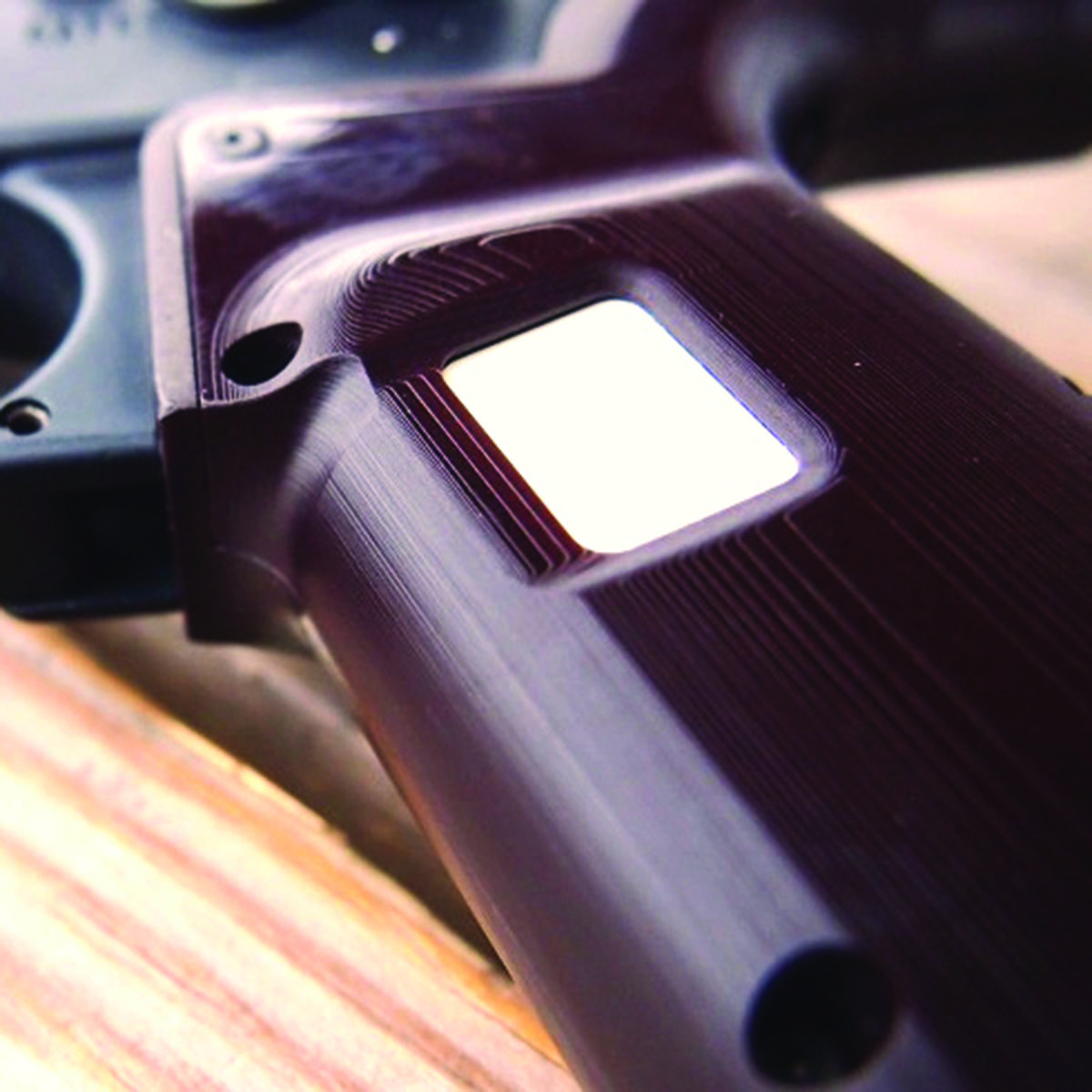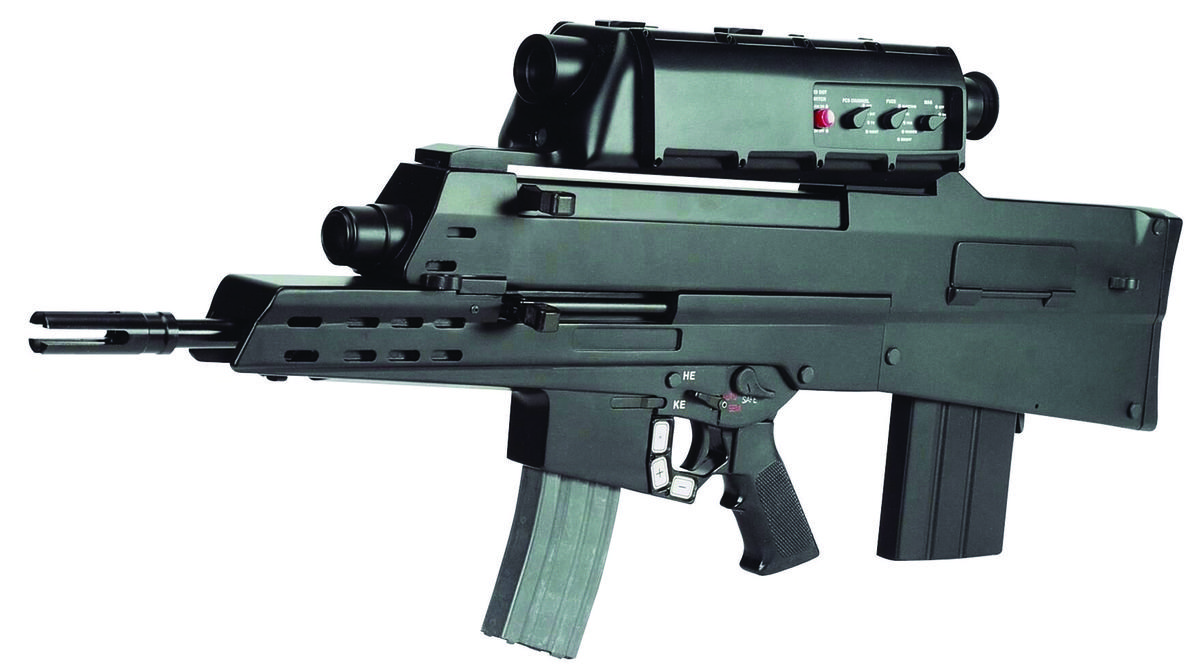“Smart” guns
For the uninitiated, smart guns currently refer to weapons that have some sort of technology embedded into them, which allows said weapon to only work when a particular, authorized user tries to fire it. This is done either with some sort of RF chip on the user’s person, or biometrics, such as a fingerprint scanner, or a bank of sensors that identify your own particular grip on the weapon.
On the outset, it’s a brilliant idea. No more “accidental” shootings, getting shot with your own gun, or having the wrong hands discharge your weapon. But there’s a reason this hasn’t taken off. Have you ever had an electronic device of any sort? And have you had that device stop working as you were trying to use it? That’s annoying. Now, imagine if it were a thing that you needed to save your life or the life of someone close to you. The thing is, no matter how well you make a smart weapon, it’s adding a weak link to a mechanical system. Circuitry necessary to make these weapons happen will fail much sooner than the mechanical workings of the weapon will. It’s just the nature of this kind of tech. Add to this the possibility of batteries running dry, or, well, a whole mess of other things that could go wrong with anything more complicated than a digital watch, and you have the chance of holding a weapon that’s about as useful as a rock, when you would otherwise have a functioning firearm. There’s a reason the weapons that remain with us today are simple and efficient. They work and work well. There’s no point introducing more variables to something as critical as a firearm.

The rocket pistol
Rockets are awesome. From the kind we shoot into space, to those that serve to bust armor, there’s no denying the appeal of a solid chunk of metal roaring towards a target under its own power, and what it does for our inner seven-year-old. This might have been the inspiration behind the Gyrojet, the world’s only rocket-powered firearm.
The Gyrojet family of weapons took what we knew about conventional firearms, and threw them out the window. Instead of a gun that used an explosion to propel a projectile out the front, the Gyrojet weapons literally had little rockets that would ignite while inside the barrel, and gather speed thanks to an internal fuel reserve, until they ran out of propellant, a little ways downrange. The rounds, which ranged from .49-.51 caliber would leave the barrel relatively slowly, but would accelerate to about 1250 fps, putting out about 50 percent more energy than .45 ACP. It was a reasonably simple weapon. A rocket would be loaded from the internal box magazine, into the firing chamber, then, once the trigger was pulled, a hammer would slam into the nose of the projectile, forcing the rear of it against a firing pin, igniting the fuel, propelling the rocket down the barrel and resetting the hammer in the process. It carried enough fuel to burn about a tenth of a second, to its maximum velocity. Angled jets imparted a stabilizing spin to the projectile as it flew.
The simpler manufacture of the weapon platform, given that you need only a crude, ported barrel, and the additional power were interesting, but it didn’t take off for more than a few reasons.
Firstly, the low initial velocity and relatively large round meant that it was severely affected by wind in the early stages of the rocket’s flight. It’s also not the simplest thing to get everything consistent enough to provide repeatable accuracy, and the most accurate shots from tests saw 4.5-inch groups at 25 yards. There was also the matter of humidity getting into the fuel, and the cost of producing rounds, plus, the elephant in the room, which was that conventional weapons did the job exceedingly well. In the end, it was an interesting gimmick and nothing more. It was never adopted by the armed forces, though a few privately purchased specimens were carried during the Vietnam War. Because rockets.


The OICW
The US has long been on the forefront of firearms technology. Such a strong focus on their military practically assures this. In the late 80s and early 90s, realizing that we had hit a plateau in firearms technology, they wanted to create something that would give US boots on the ground an advantage over what was basically a small arms stalemate. Their answer was to be found in the Objective Individual Combat Weapon, or OICW for short. This was meant to create a weapon system that increased lethality over the M16, with the main goal of producing a weapon that would enable combatants to take out enemies hidden behind cover, and out of reach of conventional weapon systems, along with a kinetic weapon component, which was basically a rifle. The combined package was meant to be issued together, as an airburst cannon and short assault rifle.
It proved much more complicated than originally thought. Though big names such as HK did come on board, offering designs that were actually quite impressive for their time. Iterations of the OICW saw a 20mm airburst canon derived from the HK CAWS, and a kinetic component which was essentially a child of the successful and battle-proven G36. In the end though, the 20mm airburst rounds proved lacking in lethality, the size requirements for the kinetic component proved detrimental to performance, and the overall package was too heavy to be fielded, and expensive to boot. The exercise was not all in vain.
The program did lead to the development of several other weapons, including the XM8, which was the kinetic component of the system (though that was a dead-end in its own right) and, more importantly the XM25, which has its share of problems, but at least saw preliminary deployment in a major conflict. In the end, costs related to both program development, rollout, and general feeding of the system, along with difficult requirements lead to the death of the OICW. The M16/M4 family of weapons was seen as adequate for the roles, and the benefits of marginally more effective weapons were far outweighed by the cost of deployment, training, and restocking, so until something really big comes along, what they’ve got is what they’ve got.
It’s true that we’ve hit a plateau in firearms, and that’s okay. It’s the nature of the beast. Sometime in the future though, the technology will be available to make truly next-generation weapons. We might not know what they are or what they do, but they will make what we have now seem like bows and slings.
Also published in GADGETS MAGAZINE October 2016 issue.
Words by Ren Alcantara
